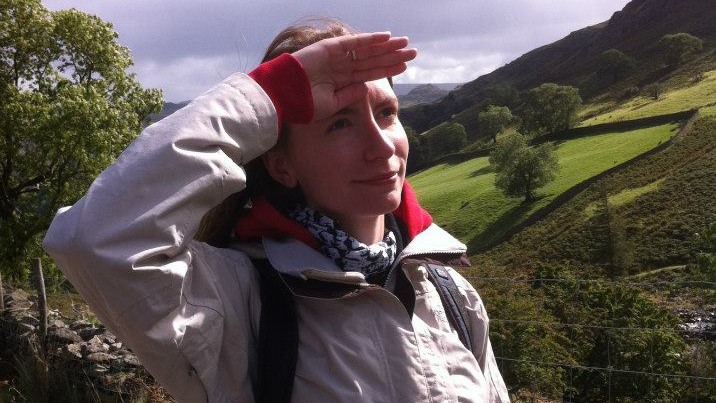
Grizzly bears are notoriously fierce and powerful predators, but they know when to back down from a fight. Tour guide Bo Welden recently spotted one grizzly that decided to turn tail and run when confronted by an especially dangerous enemy: a mother bison defending her calf.
Welden, who is based in Wyoming, leads tours in Yellowstone and Grand Teton National Parks with Jackson Hole EcoTours. He spotted the bear sprinting for its life when leading a group of visitors through Yellowstone, and shared a video of the encounter (which you can watch below) on Instagram
"A mother bison showed this grizzly bear that he is not the biggest baddest beast on the landscape," Welden wrote. "It was truly AMAZING to be able to witness this role reversal while on tour with @jacksonholeecotours with guests! We were stunned to see this moment in real time."
A post shared by Bo Welden | Wildlife Guide (@bo_knows_outside_)
A photo posted by on
Usually grizzlies are the ones doing the chasing, but their prey are normally young animals rather than adults. The National Park Service (NPS) explains that some male grizzlies will also prey on adult bison in early spring, but bears are more likely to eat elk and bison calves, or adult animals that have died in the cold or been killed by wolves.
This chart compiled by wildlife officers at Yosemite National Park shows the different elements of a grizzly bear's diet, and how it changes throughout the year. Grizzlies are omnivores, and a large portion of their diet consists of seasonal plants and berries, as well as insects like moths and ants.
Mighty bison
Bison are herbivores, mostly eating grasses and sedges, but they are the largest mammals in North America, and can present a serious threat to an opportunistic predator. Female bison (called cows) are extremely protective of their calves, and won't hesitate to use their speed and strength to defend them from attack. As the US Department of the Interior explains, bison can run at up to 35 miles per hour, and are surprisingly agile considering their size.
Despite a passing resemblance to domestic cattle, they are unpredictable and can become aggressive if provoked, particularly during calving and mating seasons. Earlier this year, two people were gored at US National Parks after getting too close to bison.
All the latest inspiration, tips and guides to help you plan your next Advnture!
To keep yourself safe, it's best to appreciate these mighty animals from a safe distance using a telephoto lens or a pair of binoculars (our guide to the best binoculars includes some good options for wildlife watching). For more advice, check our our guide how to avoid being gored by a bison.
- The best hiking boots: our top recommendations for hiking in comfort

Cat is the editor of Advnture, She’s been a journalist for 15 years, and was fitness and wellbeing editor on TechRadar before joining the Advnture team in 2022. She’s a UK Athletics qualified run leader, and in her spare time enjoys nothing more than lacing up her shoes and hitting the roads and trails (the muddier, the better), usually wearing at least two sports watches.
